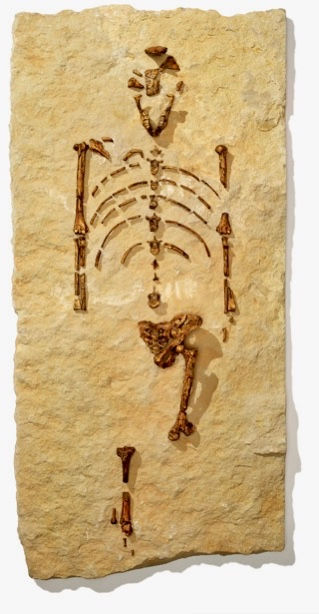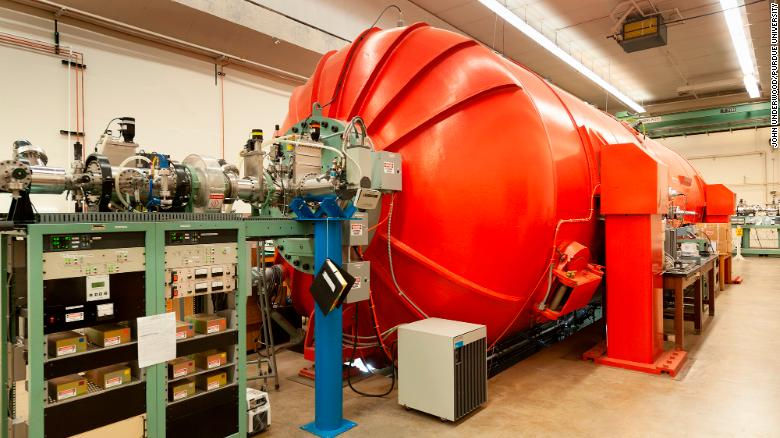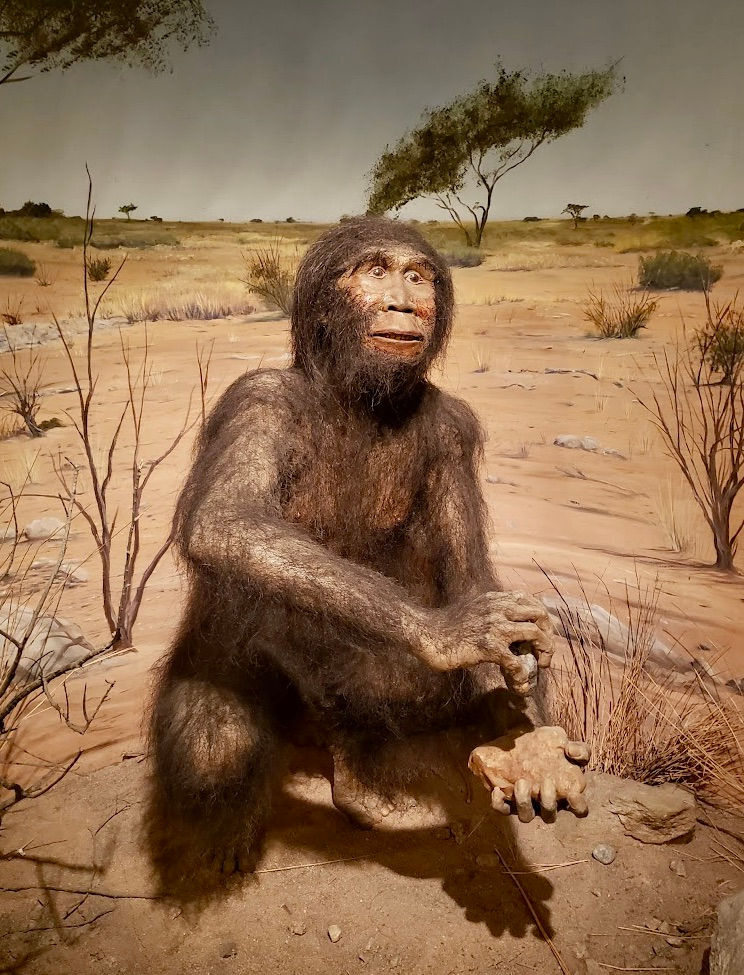Fossil Friday: Australopithecines Existed One Million Years Earlier than Expected!
- Las Vegas Natural History Museum

- Jul 15, 2022
- 4 min read
Updated: Jul 27, 2022
Quiz (Answers to Quiz are located at the end of this blog post)
1) Ancient humans including Homo erectus, Homo habilis, and Homo rudolfensis existed:
a) 200 years ago
b) 2,000 years ago
c) 20,000 years ago
d) 2 million years ago
e) 2 billion years ago
2) "Lucy", the Australopithecus that was discovered in Ethiopia in 1974, got her name from:
a) The paleo-anthropologist who discovered Lucy named her after his daughter
b) The name comes from a song that was popular at the time:
"Lucy in the Sky With Diamonds"
c) The name is an acronym for the type of land feature she was found in:
"Lower Undeveloped Cave Yirth"
d) "Lucy" was the next name in the list of approved names that anthropologists use
to assign names to their specimens.
"Science Changes as Facts are Discovered"
By Synthia Durrant
A somewhat shocking discovery has been made recently in the field of Anthropology.

Scientists believed for decades that the pre-human species, Australopithecus, existed from about 2 – 2.6 Million Years Ago (MYA). Recent findings in a cave in South Africa, however, have proven that Australopithecines actually existed 1 million years earlier than was previously thought! (1)

Australopithecus became well-known in 1974 after the discovery of “Lucy”, an Australopithecus that was found in the Afar region of Ethiopia (2). Her discovery was important because enough of her bones survived to show scientists that Australopithecines walked upright in a similar way to modern humans.

Prior to the discovery of Lucy, not enough fossil evidence had been discovered to prove whether the Australopithecines walked upright. This is important because primates that walk upright all the time are called hominins and they are part of the same tribe as humans. Primates that sometimes walk on their knuckles like gorillas and chimpanzees are not part of the human tribe (3). Before discovering Lucy, no one knew which tribe to put Australopithecines in.

Lucy’s discovery in 1974 put Australopithecines securely in the Hominin Tribe, but questions still lingered about the dates these groups of pre-humans lived. When the original group of Australopithecine bones found in South Africa were first dated, it was thought they must have lived around 2 MYA. Lucy’s group, which was found in Ethiopia, was thought to have lived somewhat earlier, around 2.6 MYA.
Why is dating the fossils so important?
Scientists need to know when species existed. It helps to explain how new species evolved and old species died out. Without accurate dating of fossils, the story of the ancient world becomes very confusing and might not make a lot of sense.
As it turns out, dating fossils is not an easy business.

The biggest cache of Australopithecus bones was found in Sterkfontein Cave, South Africa. Australopithecines lived in that cave for many hundreds of thousands of years. While there is a lot of evidence left behind in the cave showing their habitation, all of the layers of sediment and fossils have been so jumbled together that dating them using normal techniques has been difficult. Anthropologists had to do the best they could, but they knew if they could ever find a more accurate technique, they would want to try it.
Enter The PRIME Lab FN Tandem Accelerator at Purdue University in Indiana.
The Department of Physics and Astronomy at Purdue University is home to an amazing isotopic laboratory. It has the ability to measure rare radioactive particles that are produced as a result of cosmic rays. The "Purdue Rare Isotopic Measurment Laboratory " (PRIME Lab) is very high-tech equipment that was used to solve a very ancient mystery.
As it turns out, "cosmogenic nuclides" can be generated in the bones of creatures when certain kinds of rays from the sun occur. The nuclear decay rate of cosmogenic nuclides can be used to accurately date when that creature was exposed to the rays.
If a nuclide was generated in the bones of the ancient Australopithecines found in Sterkfontein Cave, then measuring how much of them is left can tell us when the nuclide was first created (1). This will tell us when the Australopithecines of Sterkfontein Cave actually existed.

Anthropologists were in luck, because the bones found in Sterkfontein Cave had nuclides! After the bones were analyzed, scientists learned the date of existence for Australopithecines found in Sterkfontein Cave actually dated all the way back to 3.6 MYA. That is fully 1 million years earlier than they had thought! They also discovered that Lucy, herself, had been miss-dated by a few hundred thousand years. Scientists at Purdue University moved Lucy's date of existence from around 2.6 MYA to around 3.2 MYA.

How this news will effect the field of Anthropology is unclear, but it could have a great impact regarding understanding how Australopithecines fit into the history and evolution of other pre-human and early human species (5). This is definitely a story to watch!
Quiz Answers:
1) Ancient humans including Homo erectus, Homo habilis, and Homo rudolfensis existed:
d) 2 million years ago (9)
2) "Lucy", the Australopithecus that was discovered in Ethiopia in 1974 got her name from:
b) The name comes from a song that was popular at the time:
"Lucy in the Sky With Diamonds" by the Beatles
Vocabulary
Anthropology--The study of people (current and ancient) and other related species
MYA--Million Years Ago
Primates--mammals that include humans, apes, monkeys, lemurs and tarsiers (current and ancient) (8)
Hominin--The tribe of hominids that includes humans and other similar primates (current and ancient)
Hominid--All modern and extinct Great Apes including: Hominins, Chimpanzees, Gorillas, and Orang-utans (9)
In situ--In place or not removed from where where an item was originally situated
References
9) https://australian.museum/learn/science/human-evolution/hominid-and-hominin-whats-the-difference/
11)
Photos presented courtesy of the following:
Photos not cited were taken by the author.





Comentários